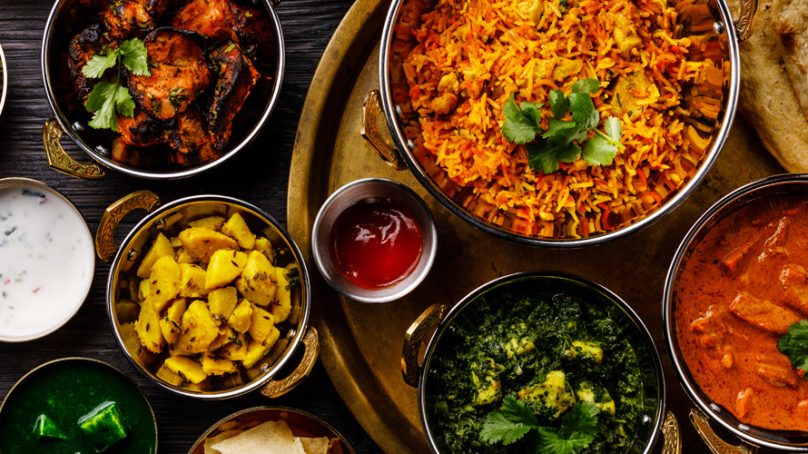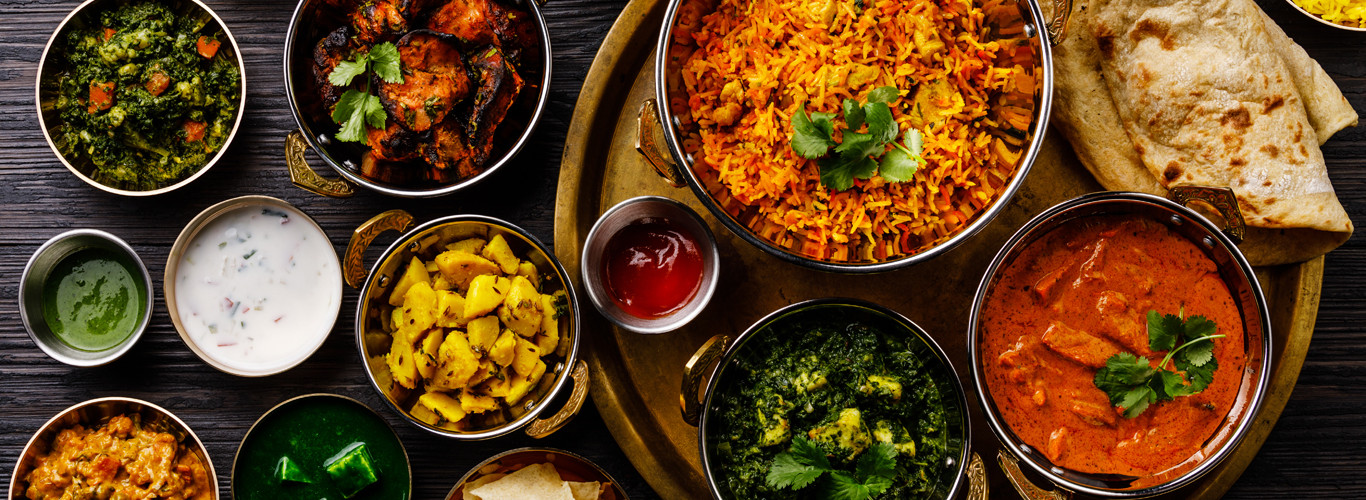

India is a melting pot of ethnicities, varied landscapes and cuisine that spans centuries. It is a vast country where a new culinary revolution is brewing. This revolution is a rich and polychrome mixture of ancestral techniques and avant-garde gestures, complex spices, unusual cooking, inventive plant-based concepts, Asian flavors with a twist and a modern take on hidden Indian regional cuisine.
Garam masala, chilies, cumin, cinnamon and turmeric are just a few of the spices that traders from the Middle East have brought back from India. This interaction between India and the Middle East has resulted in a cuisine that ranges from savory richness to sweet deliciousness packed with flavor. For instance, the Middle Eastern dish salona, which is influenced and inspired by India, is a traditional and classic stew prepared with lamb, beef, chicken or fish and seasonal vegetables. Curries, chicken masala, parathas and biryani are a few of the more well-known Middle Eastern dishes that are comparable to their Indian counterparts.
Vineet Bhatia MBE made history with his progressive approach to Indian food in the Middle East with Indigo by Vineet, Indya, Rasoi, Maharaja East and Maharaja. In contrast, Indian cuisine was voted fifth best in the world thanks to chefs like Vikas Khanna, Atul Kochar, Sriram Aylur, Srijith Gopinathan, Alfred Prasad, Hari Nayak, Garima Arora, Manish Mehrotra, Sameer Taneja, Jitin Joshi, Hussain Shahzad, Manav Tuli, Manoj Sharma, Anup Pawar, Pradeep Khullar, Rohit Ghai, Bobby Geetha, Yugal Kishor, Nigel Lobo, Prashant Chipkar, Dane Fernandes, Jerson Fernandes, Joel Basumatari, Shiv Negi, Paddy Rawal, Abishek Gupta, Avin Thaliath, Jomon Kuriakose and Loki Madireddi.
Middle Eastern investors seeking to launch Indian concepts in the Middle East should consider the following: Indian Accent with Manish Mehrotra, Bombay Canteen, Masque, Ishaara from Mumbai, Karigari –Ek Ehsas, The Spice Route, Omya by Alfred Prasad and The Embassy from North India Benares, Kahani, Jikoni, Jamavar, Gymkhana, Kutir from the UK, Juugard from Paris and Junoon, Dhamaka and Adda from the US.
India has over 1.3 billion residents, making the restaurant industry the only one where demand never decreases. Restaurants in India flourish with a variety of concepts, including fast food, street food, simple casual, casual dining and fine-dining establishments. By 2024, it is anticipated that India’s food market will double to USD 12 billion, while the online kitchen market will grow to USD 2 billion. Indian diners are constantly searching for fresh flavors and authentic encounters. In various Indian cities, one can sample Middle Eastern food, including hummus, moutabal, falafels, fattoush, and tabouleh, as well as manakeesh, Turkish pide and flatbread.

Flavel Monteiro
Author and publisher
Add to Favorites













